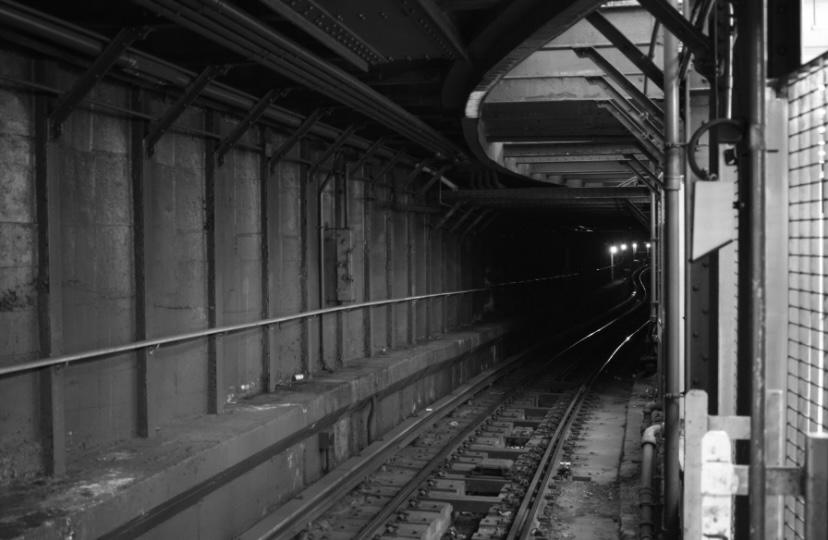Creative Community Engagement Process
Constructing Homelands is a collaborative project that seeks to engage with migrant women (who are active collaborators in this project) working in the informal sector within Sikkim with the aim of visibilizing their lived experiences in both domestic and work spaces so that it informs a more empathetic form of policymaking that is anchored in grassroots realities.
Community Engagement Goals
• The Goal of the Project ‘Constructing Homelands’ is to start conversations with the migrant women and listen to their stories.
• The creative goal of the project is to create visual storytelling—photographs, short films, journaling, photo mapping, sketches etc.—as they emerge through ongoing participatory and conversational exchanges.
Challenges
• The project leaders and researchers and participating artists faced the difficulty of building a rapport with the people of the community.
• Breaking through the boundaries of socio-economic differences in backgrounds of researchers and community participants was particularly hard.
• The barriers of language, in how language carries the weight of nuances of social economic statuses, the values, kept the researchers from establishing natural communication with the community.
• It was hard to gain trust and credibility with the community and explain the goals and objectives of the project.
• Safeguarding the ethical implications as a ethnographic researcher of reconciling the dilemma of participant observant or participant influencer kept posing to be an internal challenge.
Methods of Community Participation/Engagement
• Participatory Picnics were arranged in order to provide a friendly and familiar space to the participants where they would feel more comfortable opening up. Even the families of the participants showed enthusiasm to participate in an activity like this.
• Participants who found it hard to speak out their stories were encouraged to write journals
• Introducing the participants to Zinemaking and Photography, which they could share on WhatsApp, provided creative channels for the participants to communicate and start telling their stories. The various channels of creative communication thus helped in building connections and creating a relaxed space for storytelling.
• Pin the map was a process of visual storytelling called ‘Trace the Path’, where the project researchers created the map of the places of origin of the migrants and paths, they took to reach the places of work and settlements. The participants pinned the places on the map while reminiscing the nostalgic stories of their past, the rivers, the carnivals, everything. This proved to the most organic form of journaling stories of migration and documenting them in creative ways – not just as part of a project for starting conversations with stakeholders but also as a piece of visual history for the second generations of the migrant workers, who are unaware of the paths and passages of their migrating families.
Creative Goals/Outcome
The researchers keeps the material outcome of the project flexible and open to anything that emerge out of the processes influenced and in turn designed by the participants, based on their background and understanding.
The methods of participation and engagement are influenced by the participants’ ease and capacity. This aspect specifically meets the basic criteria of design thinking processes. Looking at policy making as design practice, it is pragmatic to acknowledge that communities face and communicate about their problems not in neat packages and methods comprehensible by technocrats and policy makers. In this case the participants have been encouraged to engage through emerging methods that are influencing and generating the final outcome of the engagement project. The design thus is that of empathy and inclusive of multiple narratives aiming better understanding of problems.

Space
The CH team have been engaging with the migrant women working at a construction site in South Sikkim.
People
CH Artists Sheela Rai; Anushya Pradhan; Sristi Sharma; Mridu Rai; Stuti Pradhan; Avinam Manger
Time
Constructing Homelands is supported by Khoj International Artists’ Association as part of their long-term socially engaged art project called Peripheries & Crossovers: art as social practice.
Constructing Homelands commenced in March 2021 and will wrap up by February 2022.
Overall experience
In this ongoing project, the diversity of experiences has been the highlight of the project.
Not just one point of view, but rather the possibilities of multiple stories and multiple outcomes in the form of tangible items of storytelling – documentary, photo exhibition, zines, workshops and myriad outputs, keep the participants as well as the researchers and artists motivated. For the community participants getting to tell their story through creative channels has been the most fulfilling experience. For researchers and artists the experience of combining art with stories and creating history that bears a different perspective, has been personal as well as emotional.












 Report This
Report This
Leave a Reply
You must be logged in to post a comment.